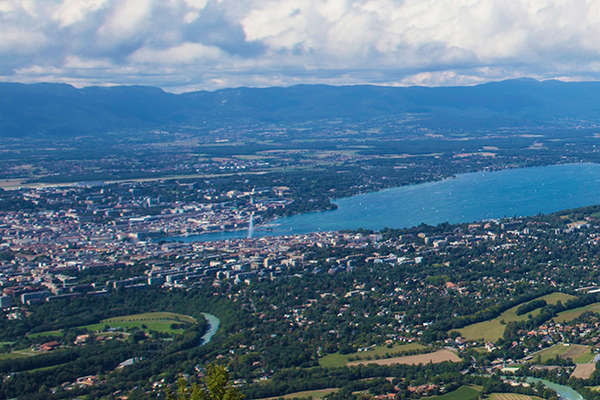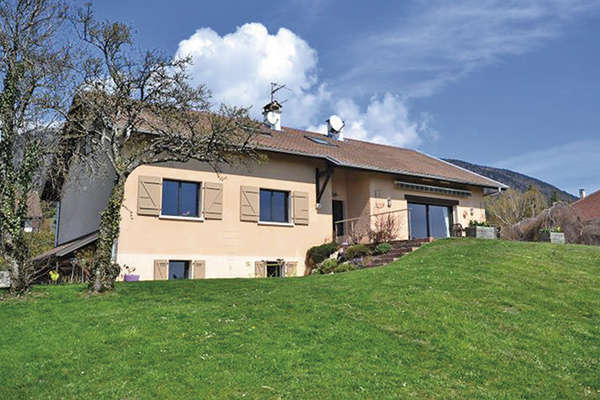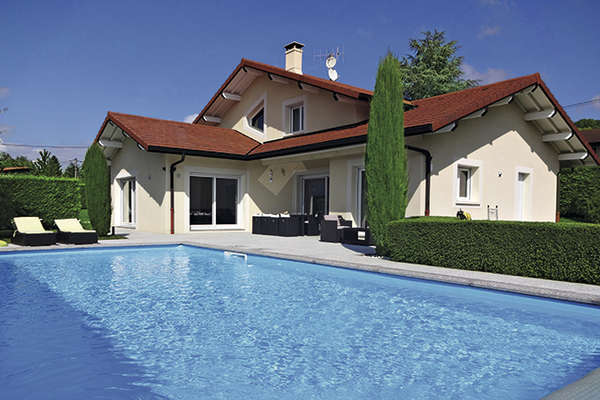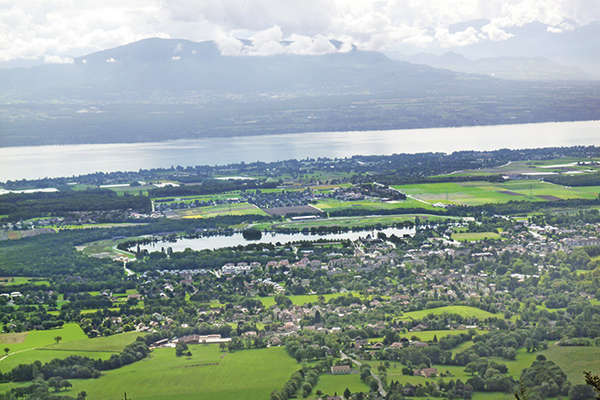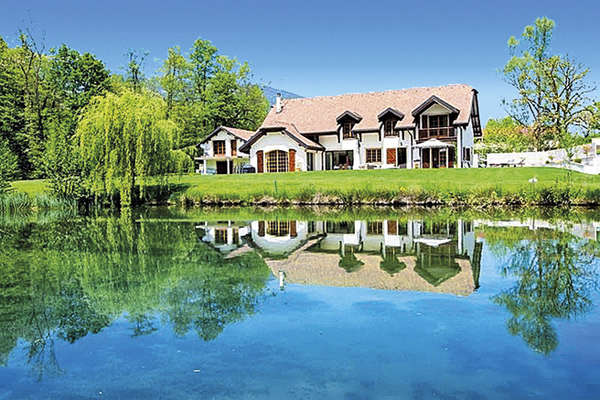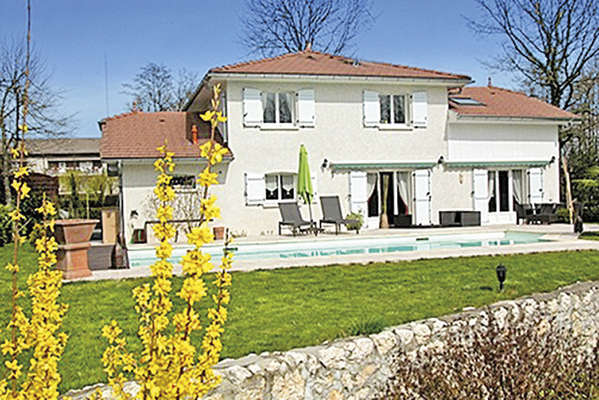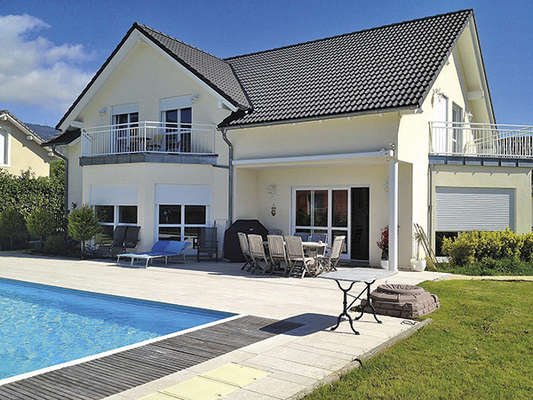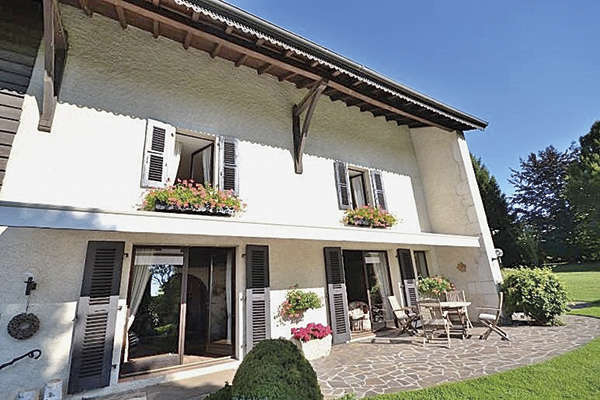Apartments in Avignon
By Laetitia Rossi - 28 April 2010
The reputation of the Prefecture of the Vaucluse extends far beyond the boundaries of the region or even France itself. Its wonderful festival has been an essential rendez-vous for fans of the theatre for the past six decades. The famous bridge and Popes’ Palace form a very fine architectural ensemble, listed as part of UNESCO’s World Heritage. These cultural assets do not, however, suffice alone to explain the popularity of apartments in Avignon.
Served by the A7, A9 and the TGV since 2001, this beautiful town in Provence, one of the few to have preserved its fortifications, stands on the left bank of the river at the gateway to the Alpilles, the Luberon and Camargue. Local cuisine with its southern accent and Côtes du Rhône wines, recognizable from the first sip, are but two of its emblems. Boasting 26 gardens, the City of the Popes, which attracts 4 million visitors a year, wins first prize for flowery cities. 12,000 of the 91,300 residents live inta-muros. Not very practical, the historic centre still has undeniable charm. Some buildings were, however, built after the Middle Ages and the Papal period. The Rue de la République with its Haussmann mansions, for example, saw the light of day under the Second Empire. The Place de l’Horloge, the town-hall, theatre and Balance neighbourhood are more recent. Neighbourhoods outside the city walls are characterized by modern architecture.
“In Avignon, one always makes the distinction between intra- and extra-muros. During the months of economic crisis, the latter took a beating, yet the first merely underwent an adjustment,” introduces Philippe Gauthier of the Agence du Centre. Today, the sq. metre costs on average 2,300 to 2,400 € within the ramparts, versus 2,000 € just behind and within a radius of 500 metres around the fortifications. Handsome stone buildings on Joseph-Vernet, La Balance or Victor Hugo may reach 3,000 €/m2, provided that the property is in impeccable condition and benefits from a terrace, lift and parking facilities. The majority of buyers pay 100,000 to 200,000 € for 1 or 2 main rooms or a small 3-room apartment within the protected zone, a status guaranteeing certain advantages such as tax benefits and preservation of the site. In the outer area, budgets, often in the case of first acquisitions, are lower. Well-informed and demanding, the clientele benefits from a wide choice. Villas in the 300,000 to 400,000 € bracket are struggling : townhouses are doing better. Corresponding perfectly to the financial capabilities of the locals, apartments are in high demand.
“Depending on the location and amenities, prices of intra-muros apartments vary significantly,” says Laurent de Lattre of the agency La Siti. Joseph-Vernet, La Balance and Victor Hugo are definitely blue-chips. The Place des Carmes, Place Louis Pasteur, Place Saint-Didier and Place Pie, soon to be treated to refurbishment, should eventually provide a margin for profit. These addresses attract trendies, artists, people working in the theatre and fashion. Beyond the city walls, Les Sources, Arrousaire and Saint-Ruf also have their fans. Once past the “rocades”, accommodation is destined for more modest budgets. 30-40 % of current buyers are looking for rental investments. For 55,000 €, they can buy a studio in an older building giving a return of 6 %, an excellent yield when compared with national statistics. Our estate-agent does not deny the up-turn in the market, but points to the persistence of its cyclical nature. Below 200,000 €, apartments find takers without too much trouble. Above that level, they face competition from houses. “The top end of the market ranges from 300,000 to 500,000 €,” says Guillaume Combe of ACLG Immobilier. A price-bracket mainly concerning foreigners, as the locals prefer mansions to be acquired in their entir-ety or villas at Villeneuve-lez-Avignon. The bonus of a terrace or small garden and a parking place has a significant effect on prices. Contrary to the housing sector, demand for apartments outstrips supply. First-time buyers search for properties in need of renovation, a rare commodity, as most apartments were already refurbished during the boom years. The TGV has had a positive effect on the regional economy : some residents are now prepared to travel back and forth to Paris for professional purposes. Similarly, people from the Parisian region are keen on holiday homes in the Alpilles and the Luberon. Apartments in Avignon have not, however, benefitted directly from the introduction of the hi-speed train. The acquisition of a pied-à-terre by retirees or people working in the capital is more of a myth than reality.
